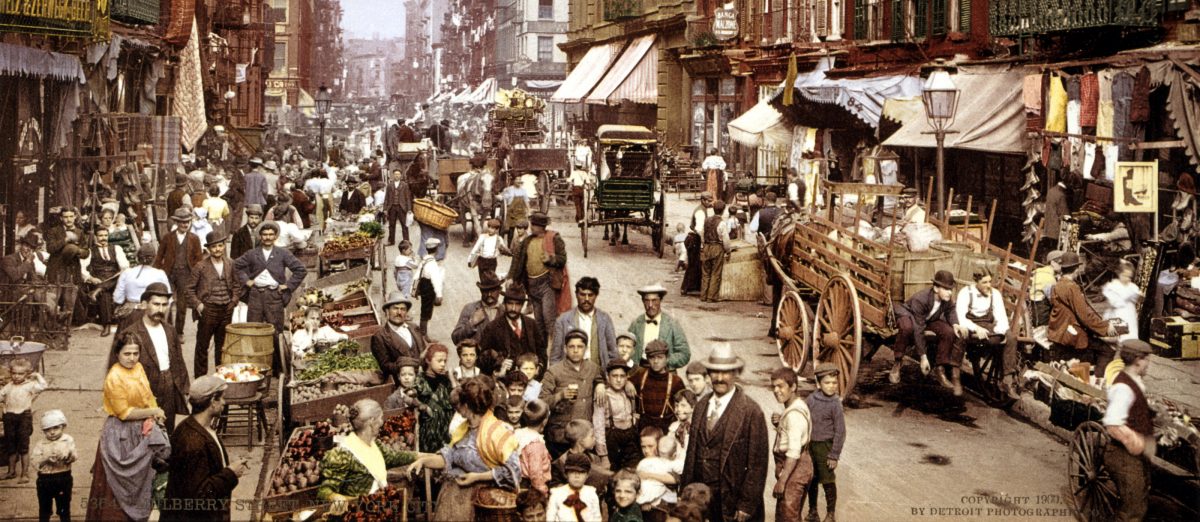There is a widespread belief that the Trump Administration has no plan for coping with the Covid-19 pandemic. That critique is far too charitable. The Administration, in concert with its enablers in the Senate, does indeed have a plan.
The plan is to plow through the pandemic, keep the economy running and the stock market up, and let the states and the American people deal with the rising body count however they can. In the time-tested tradition of petty swindlers, Trump and Mitch McConnell are orchestrating a fiscal hustle to force the hands of governors and mayors and pin the blame on them if things go terribly wrong.
Asked about a possible second wave of the pandemic during his May 21 visit to a Ford plant in Michigan, Trump responded: “People say that’s a very distinct possibility, it’s standard. We are going to put out the fires. We’re not going to close the country. We can put out the fires. Whether it is an ember or a flame, we are going to put it out. But we are not closing our country.”
How would he know? As we’ve all learned, it’s the governors and mayors who decide whether extreme restrictions on business and individual activity are necessary to protect public health. Trump takes no responsibility.
Although other developed countries have political jurisdictions equivalent to American states and cities, the United States is unique in how much responsibility for funding basic public services it places upon them. The majority of public spending on everyday needs like education, police, roads, parks, transit and healthcare is the responsibility of American states and cities. But when it’s necessary to respond to a widespread threat to public health, states and cities simply don’t have the budgetary resources or flexibility that the federal government has: they cannot run perpetual deficits, have no central banks of their own, and cannot print their own currency.
That’s why we have to keep an eye on Trump’s accomplice. McConnell is making sure that the states and cities are in no position to suppress their economies as they did in the spring. In stark contrast with his urgency for providing financial aid to business, McConnell is dragging his feet on fiscal aid to states and localities, lecturing on how the need for additional aid needs to be carefully thought through, even suggesting that states consider bankruptcy.
The spring shutdown of many state and city economies put their budgets in a deep hole. New York State recently adopted a FY2021 budget projecting general fund receipts $13.3 billion lower than anticipated February. The state expects its revenue losses to total $60.5 billion through 2024. California, a state widely lauded for its early and decisive measures to contain the pandemic, adopted a FY21 budget that anticipates a drop of $20 billion in tax revenue from the prior year and requires expenditure cuts of $13 billion. New York City adopted a FY21 budget that anticipated $7 billion lower tax revenues and $7 billion reduced spending from its preliminary plan proposed in January.
Democrats are pushing for a “phase four” of federal pandemic relief, the centerpiece of which would be aid to states and localities. But McConnell is in no hurry. Said Roy Blunt (R-Mo.), Chairman of the Senate Rules Committee, back in June: “Optimistically, we might move before the Fourth of July. I do think we will move on phase four before the August break.” There was no movement by McConnell by July 4. It just so happens that most states and cities operate on a July-to-June fiscal year, so if they were to avoid draconian budget cuts in their Fiscal 2021 budgets, they needed to know what kind of federal backstop they’d be receiving before the end of June. Senate Republicans surely knew that, and surely enjoyed the spectacle of big-state governors and big-city mayors taking heat for those cuts. So why rush a phase four to get them off the hook?
The House passed a $3 billion phase-four emergency relief bill on May 15, which included about $1 trillion in aid for state and local governments. Almost two months later, there has been little movement toward a Senate version. It’s been reported, however, that McConnell told Trump he wants to hold the total cost of phase-four relief to $1 trillion, which would almost guarantee that state and local aid is far below the amount needed.
Earlier in the spring there was talk of a “first wave” and “second wave” of the Covid pandemic, following the model of the 1918 flu. Increasingly, it’s becoming obvious that the Covid virus will not exhibit the seasonality of the flu and that the U.S. has never squelched the first wave. But however you prefer to characterize the pattern of contagion, it became obvious by late June that it was out of control in much of the country. States began to walk back their re-opening policies and even the ever cautious Dr. Anthony Fauci began to hint of another round of strict shutdowns.
Without additional federal aid, however, few states and cities will be in a fiscal position to order a second round of economic closures and social distancing, no matter how bad the pandemic gets. McConnell knows that and Trump knows that, which is why he’s so confident there will be no more shutdowns. Even if some additional federal aid is eventually delivered in a phase-four bill in August, McConnell will have already delivered his warning to governors and mayors. So that’s the plan, we’re all warriors in Trump’s reelection push and McConnell will do his best to keep the governors and mayors in line.
